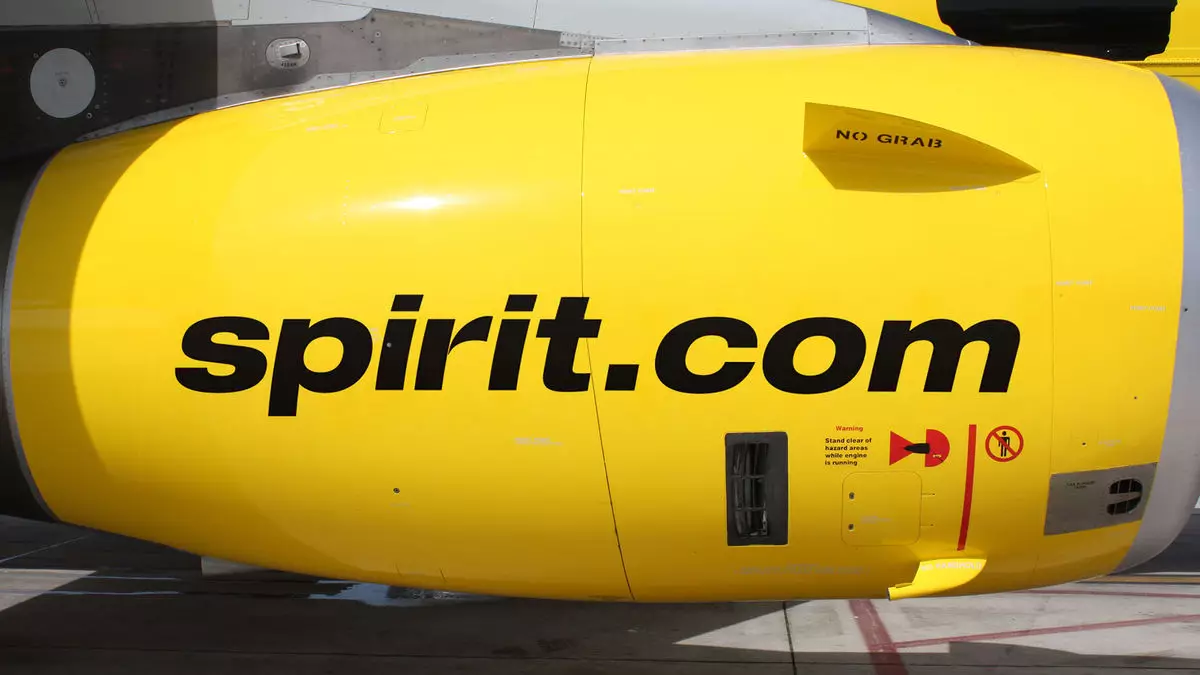Spirit Airlines recently made headlines by announcing its decision to file for a “prearranged” Chapter 11 bankruptcy. This declaration, made public in a letter to customers early on Monday, indicates a strategic pivot for the airline, aimed at securing long-term viability. By opting for this bankruptcy type, Spirit aims to address significant financial strains while simultaneously negotiating with its bondholders, a move it considers proactive. The airline’s management has highlighted that this restructuring support agreement is anticipated to alleviate its overall debt load and enhance financial flexibility, ultimately positioning Spirit for future growth.
A critical aspect of Spirit’s bankruptcy approach is the financial backing it has secured from existing bondholders. The airline has acquired commitments for a robust $350 million in equity investments, in addition to a plan to convert $795 million of its funded debt into equity. This restructuring initiative is designed to not only stabilize Spirit’s finances but also to modernize the operational framework, facilitating a more enhanced travel experience for customers. Furthermore, the company has garnered approximately $300 million in debtor-in-possession financing, which is expected to safeguard operations during the restructuring phase and maintain essential services.
Despite these efforts, Spirit’s recent financial performance underscores the challenges the airline industry has faced, exacerbated by rising operational costs and changing consumer behaviors. Reports indicate that Spirit’s operating revenues dropped by nearly $61 million year-over-year in the third quarter, largely attributable to reductions in average yield and the elimination of change and cancellation fees. These shifts not only affected revenue but also reflect a changing landscape in airline customer service policies, which are becoming increasingly consumer-friendly at the cost of traditional revenue streams.
Spirit’s struggles have been compounded by its unsuccessful attempt to merge with JetBlue, a proposition rejected by the U.S. Department of Justice in early 2024. The lengthy appeal process ultimately led to the abandonment of this potentially transformative merger. Market speculations regarding the airline’s financial health had been circulating for months prior to the bankruptcy announcement, suggesting that the failed alliance might have exerted substantial pressure on the company’s operations.
Amid the tumultuous financial landscape, Spirit has sought to reassure its customers. In its communication, the airline affirmed that ticketing, credits, and loyalty points remain intact, ensuring that travelers can continue to benefit from their prepaid services. Additionally, the Free Spirit loyalty program and other associated perks will remain operational during this transition. This commitment reflects an understanding of customer concerns, recognizing that continuity of service is critical, even during periods of significant corporate restructuring.
As Spirit Airlines embarks on this new chapter, it faces a dual challenge: addressing its immediate financial woes while rebuilding brand trust among consumers. The path ahead will necessitate deft management of resources and a commitment to enhancing customer experiences. Only time will reveal whether these strategic decisions will lead Spirit to a successful turnaround, but the proactive steps taken thus far signal a determination to navigate these stormy skies towards an eventual recovery.

